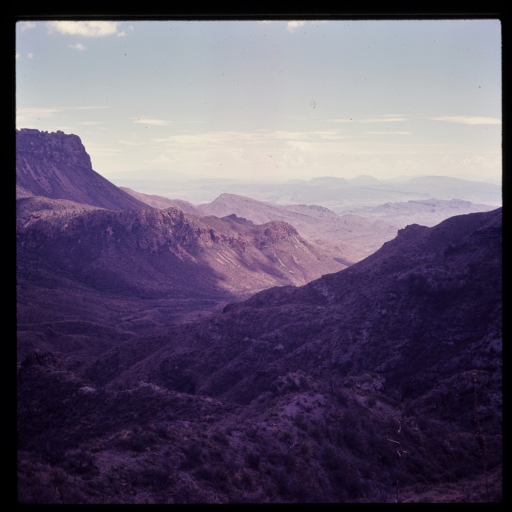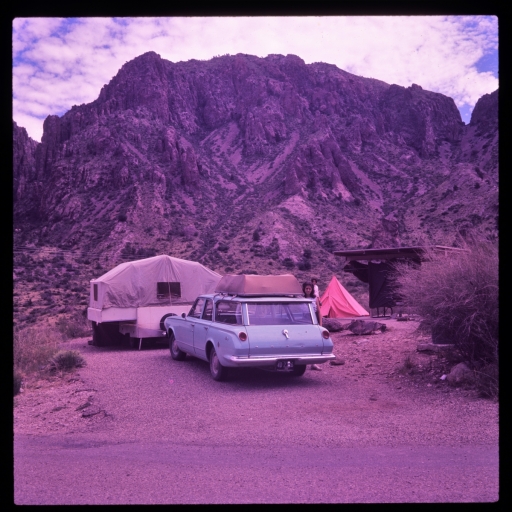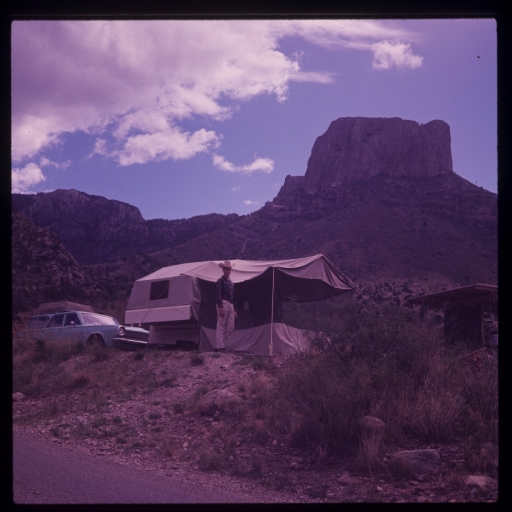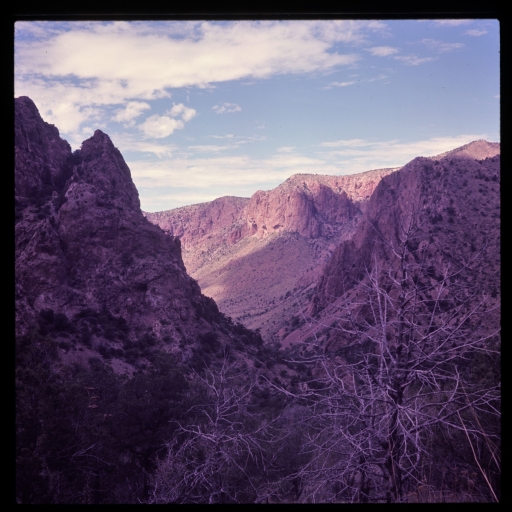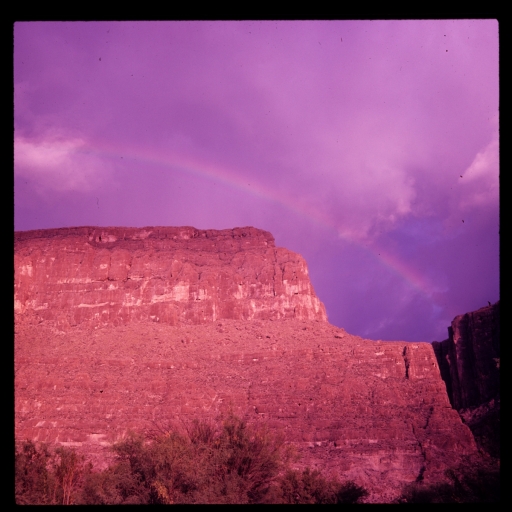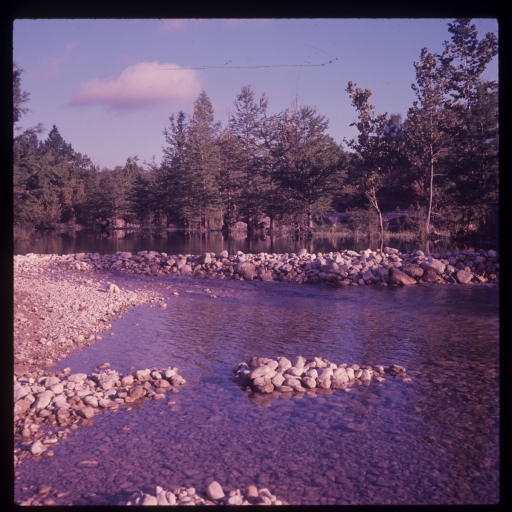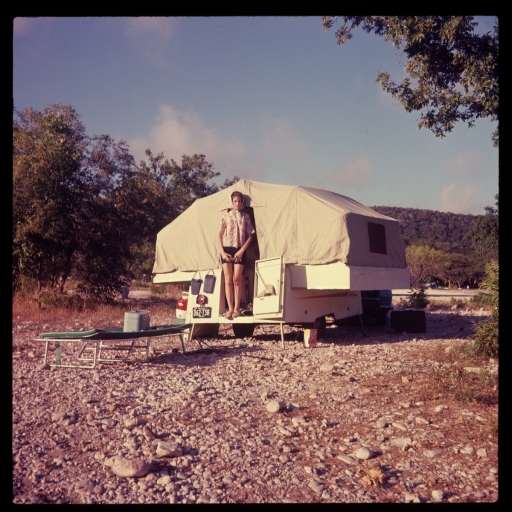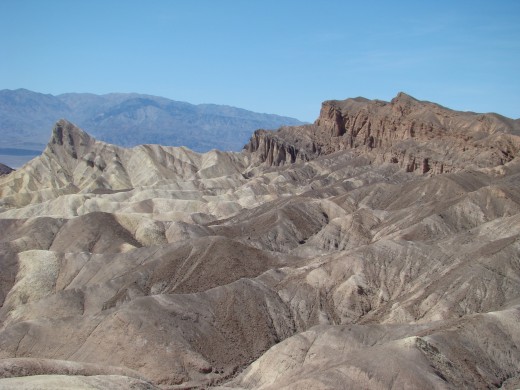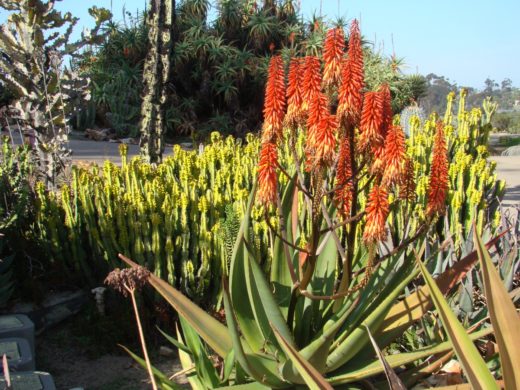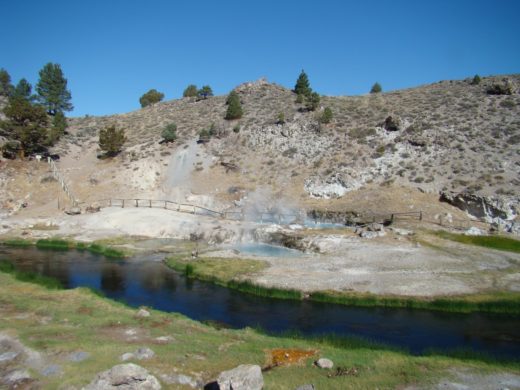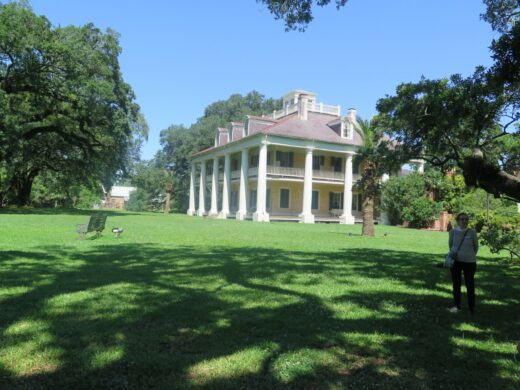Big Bend National Park 1964

In 1964 my husband’s family took a trip to Big Bend National Park in western Texas. They traveled in a large auto station wagon– quite stylish for it’s time — and slept in a pop-up camper and tent. My father-in-law is a wonderful photographer and took along a state-of-the art medium format camera. I think his photos rival Ansel Adam’s photos. Perhaps I’m biased.
The photos were forgotten for years. Then with the flooding in Houston, Texas, in August of 2017, someone noticed the photos high up on a shelf — undamaged by the flood waters. We are converting the photos to digital images. Sit back and enjoy a few of the photos. From these images, I truly don’t think we need a wall across the entire border between Mexico and Texas. The disruption in wildlife alone could easily justify not building a wall here.
The park was founded in 1944 and is named for a large bend in the Rio Grande River. It is in a very remote part of west Texas. The closest major city is El Paso which is 300 miles away.
The Rio Grande River runs 1000 miles forming a border between Mexico and Texas. The national park sits on 118 miles of the river.
For the park visitor, activities include camping, day hikes, biking, river trips and scenic drives according to the National Park Service’s WEB site for the park.
https://www.nps.gov/bibe/index.htm
According to the National Park Service’s WEB site (https://www.nps.gov/bibe/index.htm)
“There is a place in Far West Texas where night skies are dark as coal and rivers carve temple-like canyons in ancient limestone. Here, at the end of the road, hundreds of bird species take refuge in a solitary mountain range surrounded by weather-beaten desert. Tenacious cactus bloom in sublime southwestern sun, and diversity of species is the best in the country. This magical place is Big Bend.”
The national park also says:
“From an elevation of less than 1,800 feet along the Rio Grande to nearly 8,000 feet in the Chisos Mountains, Big Bend includes massive canyons, vast desert expanses, forested mountains, and an ever-changing river. Here you can explore one of the last remaining wild corners of the United States.”
The park has 801,163 acres and an entire mountain range inside the park – the Chisos Mountains.
According to American Southwest:
“In 2012, the park was named as an International dark-shy park by the International Dark-Sky Association which recognized the park as one of only 10 places in the world certified for dark-sky stargazing. In addition, the association recognized the park as having the darkest measured skies in the lower 48 United States. On many nights, park visitors can look up to the night’s sky to see thousands of stars, bright planets, and the clear outline of the Milky Way band Astronomers, both professional and amateur, are seen on many moonless nights gazing up at the stars through portable telescopes.”
http://www.americansouthwest.net/texas/big_bend/national_park.html
I visited the Rio Grande river for a week long canoeing trip in 1987. I can attest to the dark skies and beautiful stars. It was truly amazing.
So come visit Big Bend National Park! It hasn’t changed since 1964.
